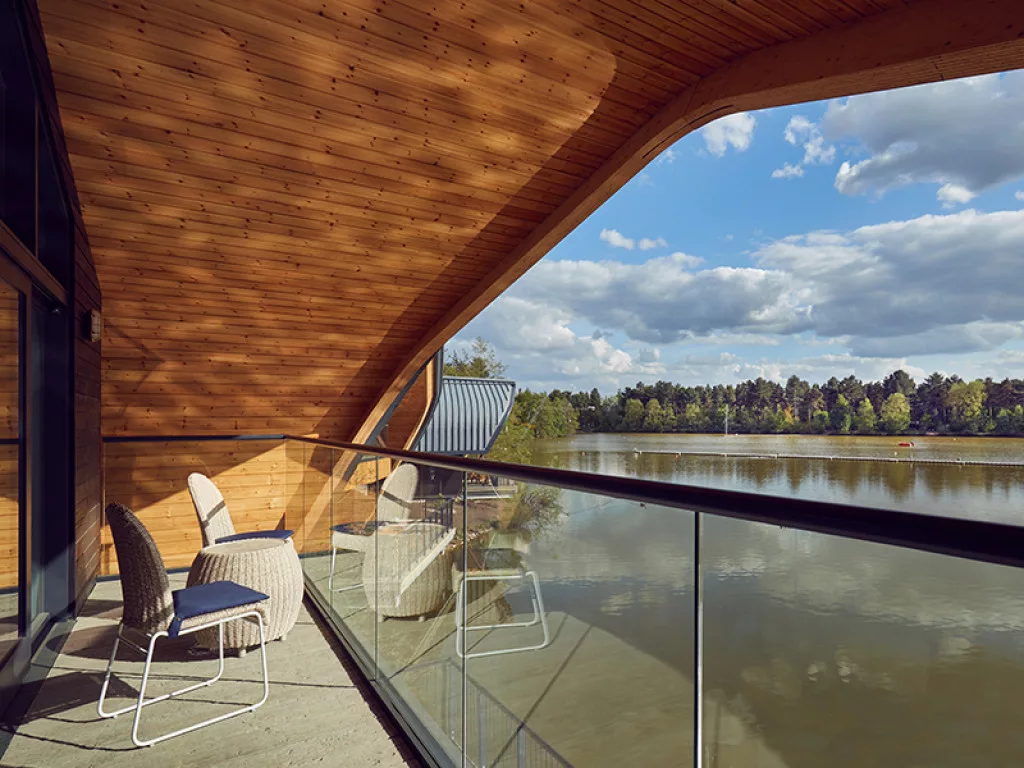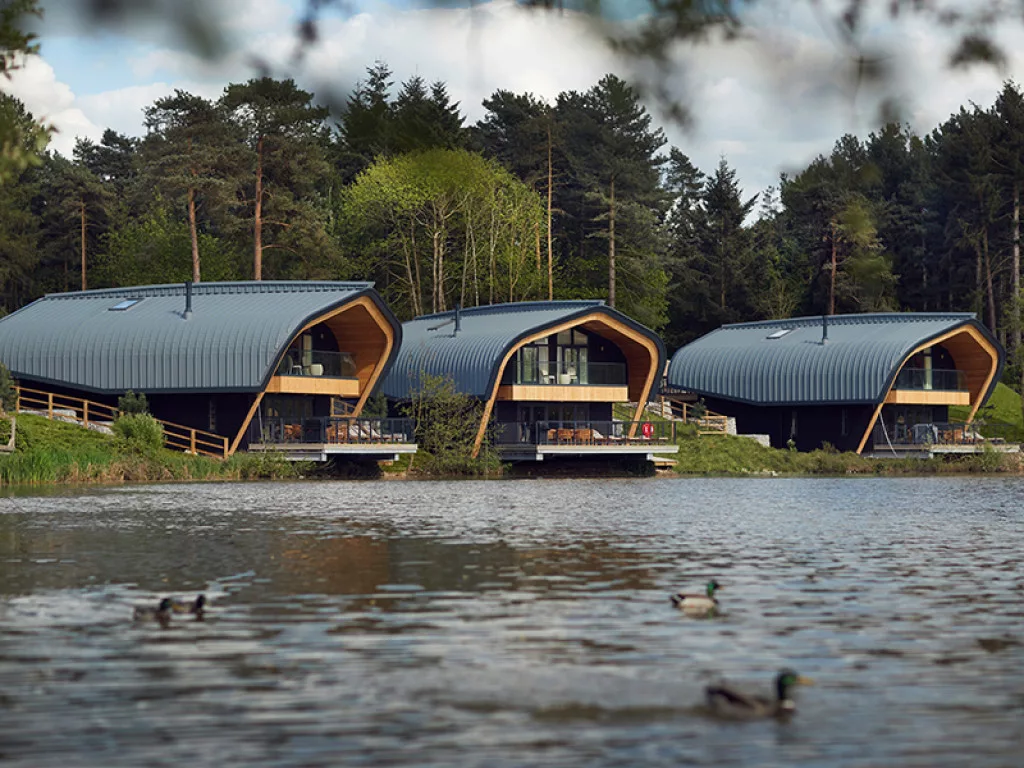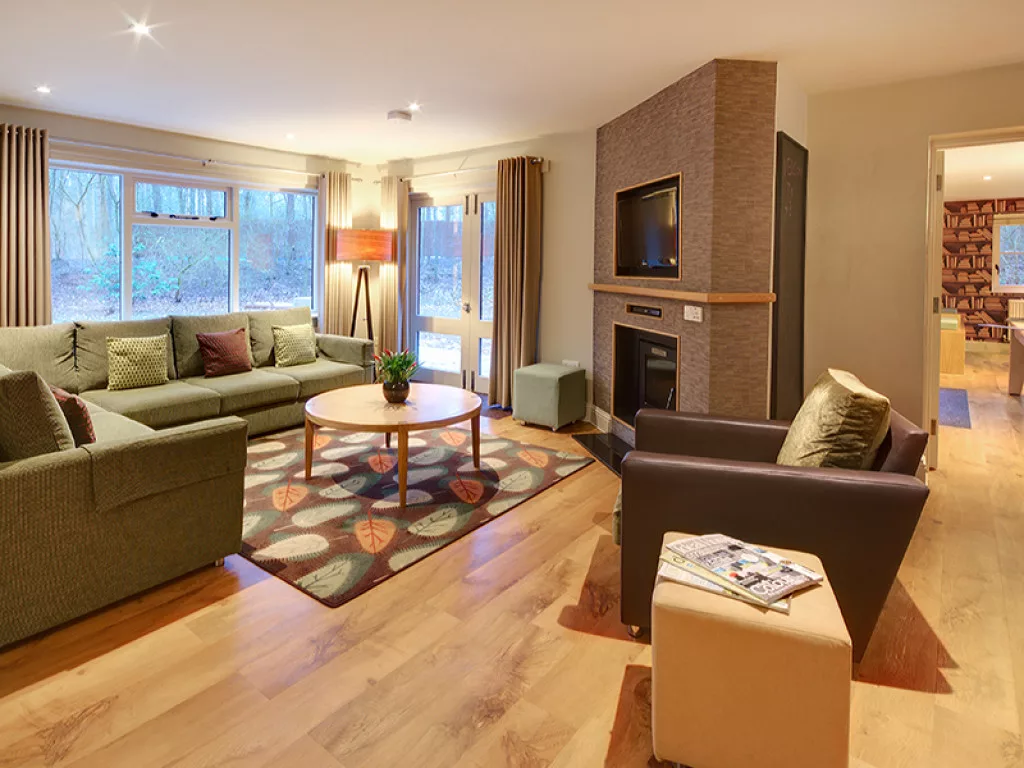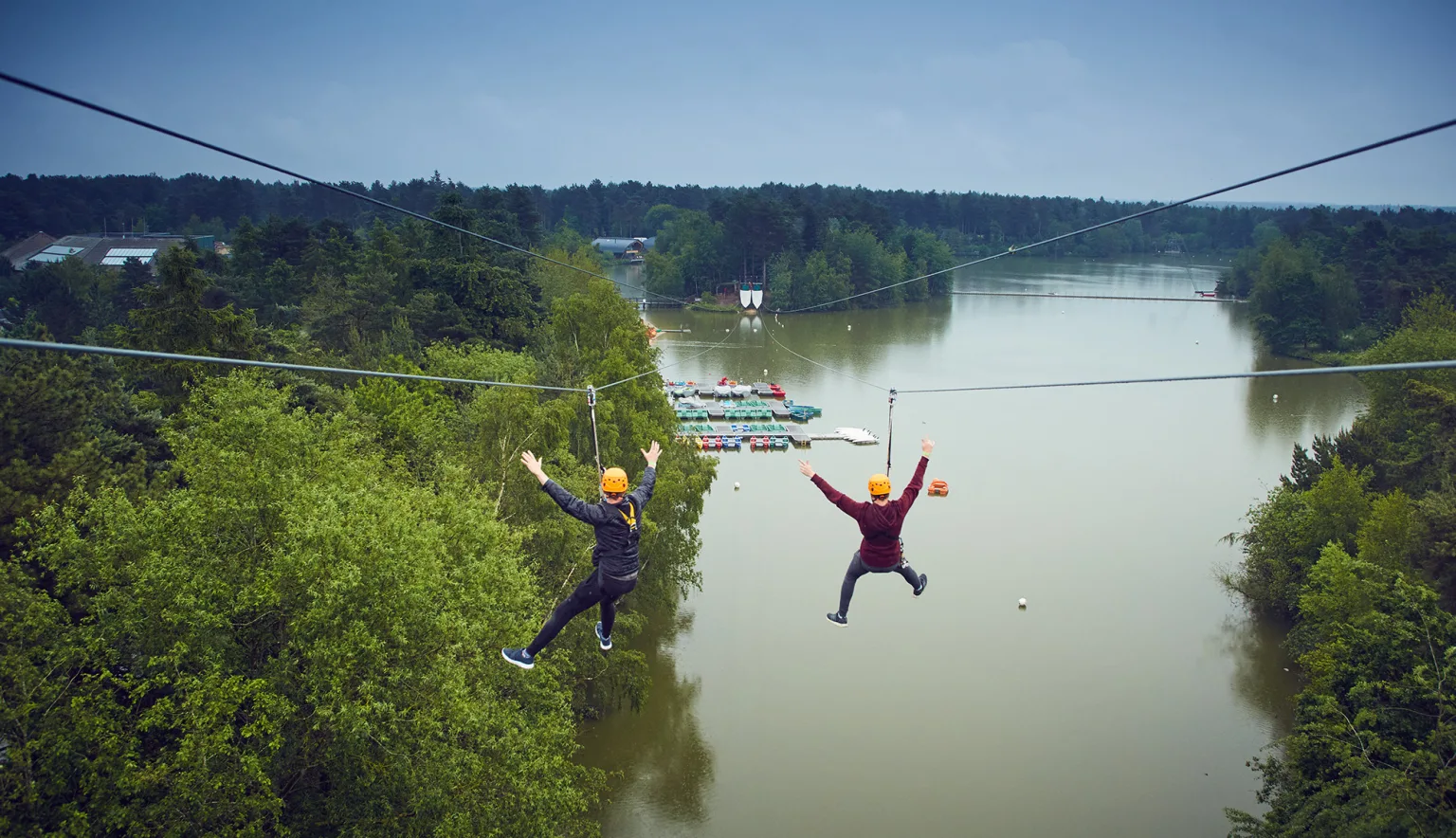Founded on the synergy between tourism and natural surroundings, Center Parcs continues on its sustainability journey as the short break option with a long-term eco-friendly commitment.
STAYING GREEN
Since the opening of its first UK lodge in 1987, Center Parcs has stood as a landmark of British tourism. The name is synonymous with family-friendly escapes to the forest, where a host of outdoor activities and indoor indulgences await.
Today, the Center Parcs footprint extends to six ‘villages’ dotted throughout the UK and Ireland. With over 30 years of experience in providing short stays, Center Parcs has moved with the times, but what has remained a steadfast concern is a way of operating that is in harmony with its natural surroundings.
This reverence for the environment is testified by the company’s stance on environmental sustainability, and the myriad schemes and initiatives that are underway behind the scenes with any Center Parcs stay. It is through these commitments that Center Parcs ensures the preservation and protection of the woodland environments that are its greatest natural calling card.
Whilst a hotbed for tourist activity, Center Parcs sites are also havens for biodiversity, as seen by the extremely rare red squirrels that can be spotted at Whinfell Forest. In recognition of its status as a custodian of these environments and the species to be found within, the company frequently undertakes ecological surveys which are in turn overseen by Conservation Rangers and ecological consultants, and continually monitored through Sensitive Area maps. Each village site entails a bespoke Forest Management Plan with a detailed 10-year strategy across all dedicated areas – from waterways to landscaping and arboriculture. In recognition of these efforts, Center Parcs has received The Wildlife Trusts’ Biodiversity Benchmark Award for 15 consecutive years, validating its performance in meeting Biodiversity Action Targets.

Center Parcs was alerted to the pressing need to mitigate its environmental impact, when in 2010 the company recorded that it had consumed 63,000 tonnes of carbon throughout the year. The journey to carbon reduction began, with the overriding target of reducing this number by 20 percent by 2020. By reducing carbon consumption throughout Center Parcs’ leisure activities and accommodation – the two major culprits – this goal was achieved two years ahead of schedule in 2018, meaning that all expansion and development work undertaken during that time had a carbon neutral result.
The goals haven’t stopped there, with a further 30 percent reduction in carbon footprint forecasted for 2030 from the baseline year of 2020.
Some of the many tactics and innovations employed to attain these goals in the energy field include anaerobic digestion processes, which in turn creates the biogas that works in conjunction with combined heat and power systems (CHPS) to keep the lights turned on across the villages. At the Sherwood Forest site, the anaerobic digestion plant supplies 22 percent of the village’s heat and 78 percent of the required electricity, which equates to a 4.8 percent reduction in carbon use. Meanwhile, these CHPS provide critical heat and power to some of Center Parcs’ most popular facilities, including heating the Aqua Sauna Spa at Elveden Forest, Longleat Forest and Longford Forest.
The majority of its lodges use low lighting, while ground source heat pumps at Sherwood and Longleat Forest provide natural heat solutions for some lodges, in addition to solar thermal systems to heat water in other accommodations.
The company’s dedicated Energy Centre continues to research the applications of such technologies throughout all Center Parcs villages. In terms of transport within the parks, this is primarily by new electric golf carts, with most staff and technical services transport also using an electric fleet – aside from the Housekeeping team who you may see travelling by bike. For guests, electric vehicle charging infrastructure has been installed across all sites.
In 2020, Center Parcs successfully made the transition from grid electricity to 100 percent renewable energy. That same year, all parks across the Netherlands, Belgium, Germany and France received official Green Key certification.
With a Center Parcs stay, you can expect comfort, quality, and a clean eco-conscience.

SPOTLIGHT ON CENTER PARCS: ELVEDEN FOREST
Nestled in the heart of the scenic Suffolk countryside, Center Parcs Elveden Forest was the second village to open in the UK, originating in 1989. Elveden Forest is designed to make the most of the great outdoors, with thrill-seeking activities, up to 400 acres of forest to explore and an abundance of wildlife.
Discover the largest water sports lake of all the villages, bordered by the scenic Waterside Lodges, and take two-wheeled adventures along some fantastic biking trails. Offering myriad activities, adventure playgrounds and peaceful picnic areas, not to mention the Subtropical Swimming Paradise water park, as with all villages, there truly is something for everyone.






















